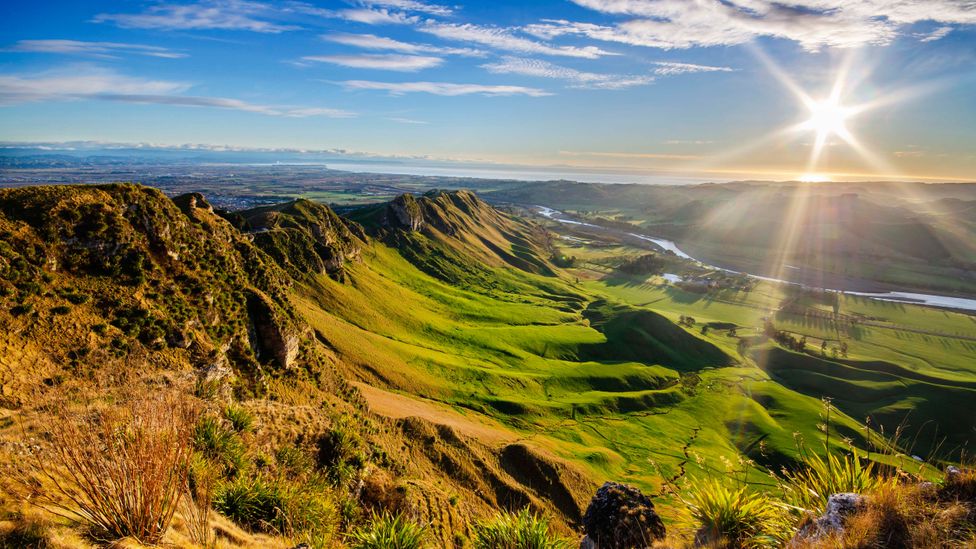New Zealand just experienced its warmest June since recordkeeping began, as ski fields fight to open and experts expect more restricted southern winters later on. An extent of components incited the record, including more winds coming from the milder north instead of the Antarctic south, and unusually warm ocean temperatures, said Gregor Macara, a climate scientist at the public power had National Institute of Water and Atmospheric Research. He said the thoughts of weather will change starting with one month then onto the next. “However, the secret trend is of growing temperatures and in everyday warming,” Macara said.
The average temperature in June was 10.6 degrees Celsius (51 Fahrenheit), the assessment office uncovered Monday. That is 2 degrees C over the 30-year average for June and more than 0.3 C higher than the past record set in 2003 and again in 2014. Recordkeeping began in 1909. Macara said the average temperature in New Zealand had extended by around 1 C over the earlier century. According to him, if the trend continues, people can expect later and milder winters, followed by earlier springs. The condition is crushing ski fields seven days out from when various understudies require their colder season school events. Snow cameras at a couple of the greater resorts show revealed shakes and earth sprinkled with a cleaning of snow on various runs. A couple of fields have used snowmaking machines to open a couple of runs while keeping various lifts shut.
Paul Anderson, the chief executive of NZSki, which works Coronet Peak, Mt Hutt and The Remarkables ski fields, remained vivacious. “We’d commonly like a touch more snow on the ground,” he said. “Luckily, we have some extraordinary snow showing up tomorrow, and subsequently a cool four or five days for snowmaking.” Anderson said they had been acclimating to the changing conditions by placing assets into snowmaking stuff and lifts that can withstand high winds. “Clearly climate change is a reality. You can’t battle with that science,” Anderson said. ‘However, it’s anything but’s a very broad time frame.” Some farmers have welcomed the milder weather.
He said that is because the warmer weather joined with rain has finally allowed some grass to create, offering feed to sheep and cows. That follows two years of drought conditions in his space. “It’s supported an extraordinary arrangement, yet there’s far to go,” Galloway said. “There’s not a huge source of ground water. The dams are at this point empty, essentially.” And Galloway said that while droughts are business as usual for farmers, he focuses on that a warming climate is making them go even more as regularly as could really be expected.
